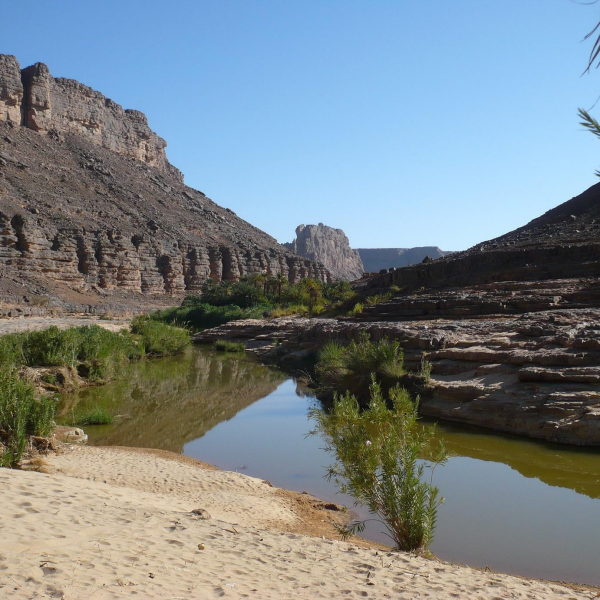Algeria Sahara 2011: The history of Eharir (Tassili) and how it is perceived locally in rock art – analyses and interpretations from an ethno-archaeological perspective
The Tassili Mountains in southern Algeria are a World Heritage Site, particularly because of their rich rock art. In numerous magnificent paintings, it bears witness to a time when pastures were where there is desert today. As can be seen in the paintings, cattle were grazed there many thousands of years ago – with images of a life of shepherds that seem completely familiar to the local Tuareg. The Tuareg therefore refer to the rock paintings with the same term as their writing: Tifinaqh. But what exactly do the ancient Tuareg know to read from the images? What do they tell them about the life of the cattle herders before the great climate change? Issak Oukafi Cheikh is not only a trained archaeologist, but also a Tuareg from the Tassili Najjer. In an ambitious expedition, he accompanies an old man on foot to the grazing grounds of his cattle far into the mountains. The old shepherd – one of the few in the region who keeps cattle – makes repeated stops at the rock paintings along the way and records what he reads from the pictures. Of particular interest is the question of whether he can find any information in the pictures about keeping cattle under arid conditions.


